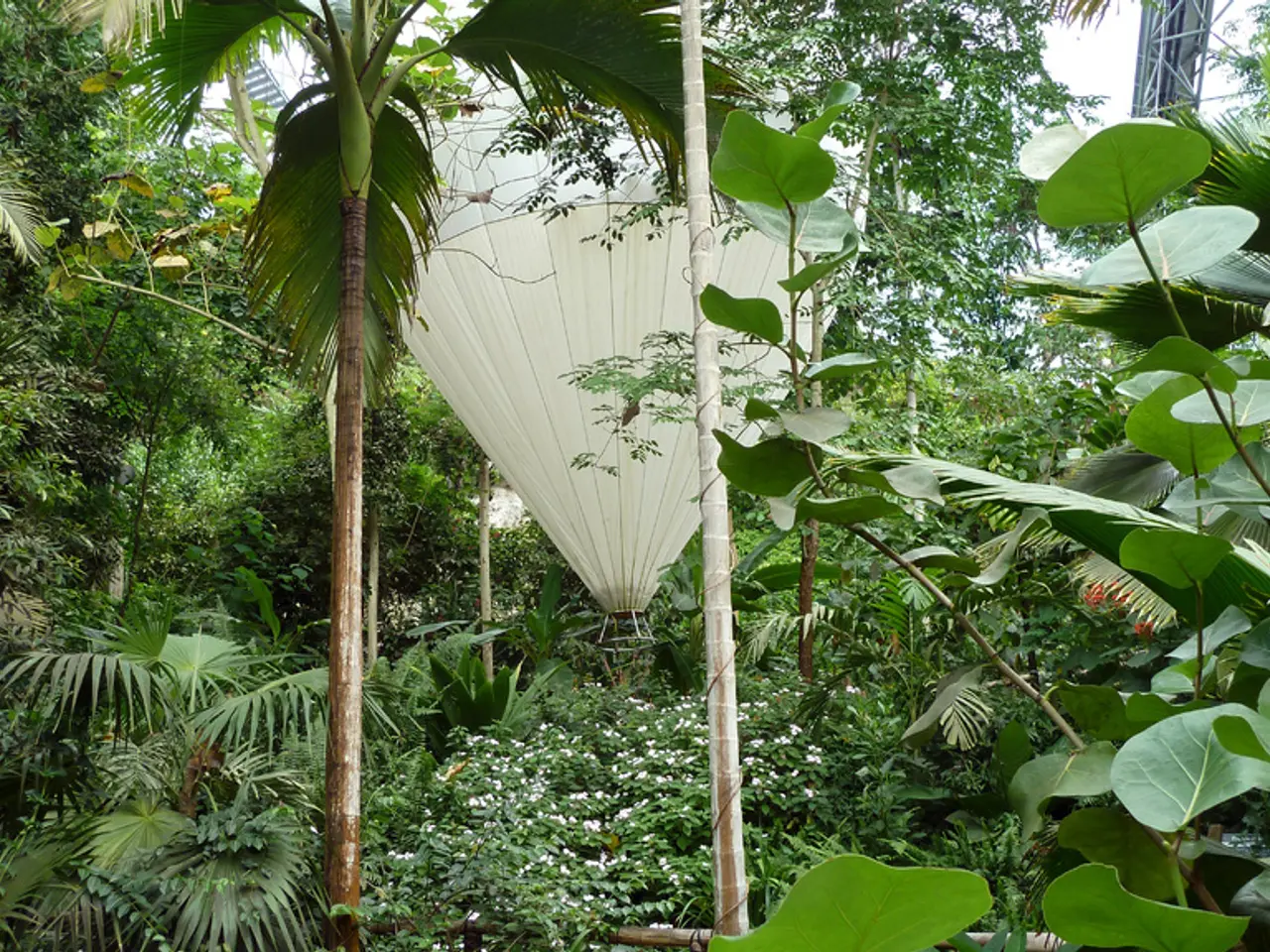Top Picks for Houseplants That Boost Indoor Air Quality
Improve the air quality in your home with these top 10 indoor plants, based on NASA research and other reputable sources. These plants not only purify the air but also contribute to overall well-being and a healthier living environment.
1. Spider Plant (Chlorophytum comosum)
The Spider Plant is a great choice for those looking to remove formaldehyde, xylene, and toluene from their indoor air. This easy-to-care-for plant thrives in indirect sunlight and tolerates a range of temperatures.
2. Snake Plant (Sansevieria trifasciata)
The Snake Plant is another low-maintenance option that filters formaldehyde, benzene, xylene, toluene, and nitrogen oxides. It's perfect for those who prefer low light and infrequent watering.
3. Peace Lily (Spathiphyllum)
The Peace Lily is a beautiful addition to any home, removing formaldehyde, benzene, trichloroethylene, xylene, and ammonia. It prefers indirect light and moist soil.
4. Devil’s Ivy (Epipremnum aureum, aka Golden Pothos)
Known for its ability to remove VOCs including formaldehyde, benzene, and toluene, Devil’s Ivy is a very resilient plant. It needs watering every 7-10 days but is toxic to pets.
5. Weeping Fig (Ficus benjamina)
This plant improves general air quality and is associated with reducing airborne toxins. It enjoys bright, indirect light.
6. Dracaena (various species)
Dracaena is effective at removing formaldehyde, benzene, trichloroethylene, carbon dioxide, and boosts humidity. It's low maintenance and aids concentration and mood.
7. Boston Fern (Nephrolepis exaltata)
Known for removing indoor air pollutants and increasing humidity, the Boston Fern requires consistent moisture and indirect light.
8. Kimberly Queen Fern
Similar to the Boston Fern, the Kimberly Queen Fern filters air pollutants and prefers medium moisture and indirect light.
9. Bamboo Palm (Chamaedorea seifrizii)
The Bamboo Palm is effective at filtering benzene and formaldehyde and increasing humidity in homes. It likes bright, indirect light and moderate watering.
10. Chinese Evergreen (Aglaonema)
This plant filters a variety of indoor toxins and is easy to care for. It thrives in low light and requires minimal watering.
Additional Benefits
Many of these plants remove volatile organic compounds (VOCs) like formaldehyde, benzene, and toluene, which are common indoor air pollutants linked to headaches, respiratory issues, and other health problems. Some, like Dracaena, also help increase indoor humidity, which can alleviate dry skin and respiratory discomfort. Certain plants, such as English Ivy, have added benefits like reducing mold indoors. Many of these plants contribute to mood improvement and increased concentration through their presence and air-purifying effects.
Important Notes
- Some plants like Devil’s Ivy and Peace Lily are toxic to pets and should be kept out of reach of animals.
- Most air-purifying plants thrive best in indirect sunlight and require moderate but consistent care.
- Effectiveness can vary with plant size, number of plants, and environmental factors, but NASA-backed research supports these as among the best for improving indoor air quality naturally.
- Incorporating indoor plants into your home can dramatically improve the air quality and create a healthier and more vibrant living environment.
- Gerbera daisies can filter out benzene and trichloroethylene and bring a cheerful touch to any space with their bright, colorful flowers.
- Incorporating indoor plants like the Spider Plant (Chlorophytum comosum) and Gerbera daisies can decorate your home-and-garden, as well as contribute to a healthier lifestyle by removing harmful VOCs such as formaldehyde and trichloroethylene.
- Plant nurseries offer a variety of low-maintenance indoor plants, such as the Snake Plant (Sansevieria trifasciata) and Boston Fern (Nephrolepis exaltata), each effective in removing various pollutants, thereby promoting cleaner indoor air.
- For those with pets at home, care should be taken when choosing plants, as some like Devil’s Ivy and Peace Lily are toxic to pets. Research and selection are essential to create an indoor garden that both purifies the air and provides a safe environment for all citizens of the house.
- implementing a portable indoor garden can significantly enhance the quality of the air in your home, with plants like the Bamboo Palm (Chamaedorea seifrizii) and Kimberly Queen Fern helping to eliminate benzene and formaldehyde, leading to a healthier living environment for you and your family.




